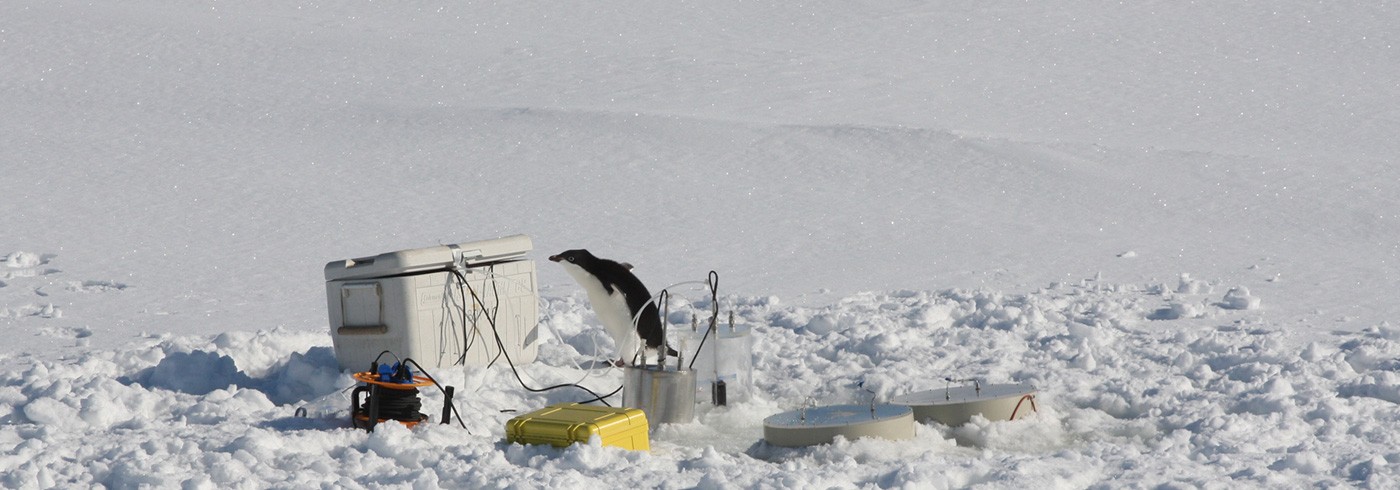Non-Redfieldian P cycling in the Southern Ocean
26 November 2008 - 6 January 2009Circumpolar Antarctic mode and intermediate waters are important routes for the transfer of heat, freshwater and nutrients between high and low latitudes. Data from numerous studies in sub-Antarctic mode and intermediate water formation regions suggest that high latitude phosphorus (P) cycling alters the balance of major nutrients present in low latitude waters. During the summer, nitrogen (N) to P uptake ratios observed in Southern Ocean surface waters are unexpectedly low relative to Redfield stoichiometry. Conversely, the remineralization of organic material at depth in this region reflects preferential release of P relative to N, a phenomenon that produces low N:P ratios in subsurface waters. Although these unusual P uptake/remineralization patterns within the Southern Ocean are well documented, current speculations invoke uptake and remineralization behaviors unique to diatoms in high latitude regions.
We sampled and isolated dissolved and particulate materials from 0–1 000 m water column profiles along a meridional transect in sea ice covered waters of the Southern Ocean. Synchrotron-based X-ray spectromicroscopy was used to map and chemically characterize P and associated elements in organisms and particulates at sub-micron scales. Electrodialysis will allow chemical characterization of the most representative DOM samples yet recoverable. Combining these techniques with traditional methods, our work will generate new and unique insights on Southern Ocean P cycling.

